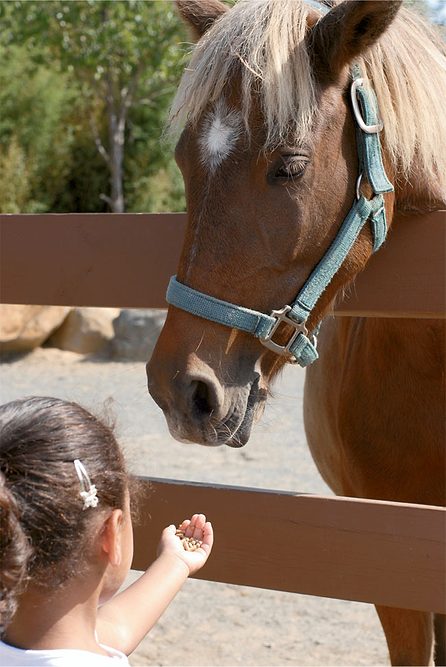American Farriers Journal
American Farriers Journal is the “hands-on” magazine for professional farriers, equine veterinarians and horse care product and service buyers.

If forages provide the “maintenance” energy that horses need for the workings of everyday life — grazing, sleeping, wandering from pasture to pasture, maintaining internal temperature — then cereal grains like oats, corn and barley are the turbo-charged portion of the diet. Their main function is to provide higher concentrations of energy, in the form of carbohydrates and starches, so that the horse can do the work we ask of him.
The amount of energy a horse needs rises in direct proportion to how fast, how long and how hard your client expects him to perform. At the lowest end of the spectrum are horses that are idle or perhaps work only a few times a week at a very slow pace. Most pleasure horses and school horses fall into this category.
At the other extreme are racehorses, which probably work harder than any other category of equine athlete (particularly because they’re often asked for peak performance while they’re still physically immature). Somewhere in between are the majority of show and performance horses — from Western pleasure competitors to Grand Prix jumpers. They may not be burning as much fuel as racehorses, but their energy requirements will more than likely not be completely met by eating hay or pasture alone.
Work isn’t the only thing that can raise a horse’s energy requirements above the maintenance level. Environmental conditions, physical fitness, breed type, temperament and the degree of fatigue all factor into his nutritional needs. Even when all of these variables…